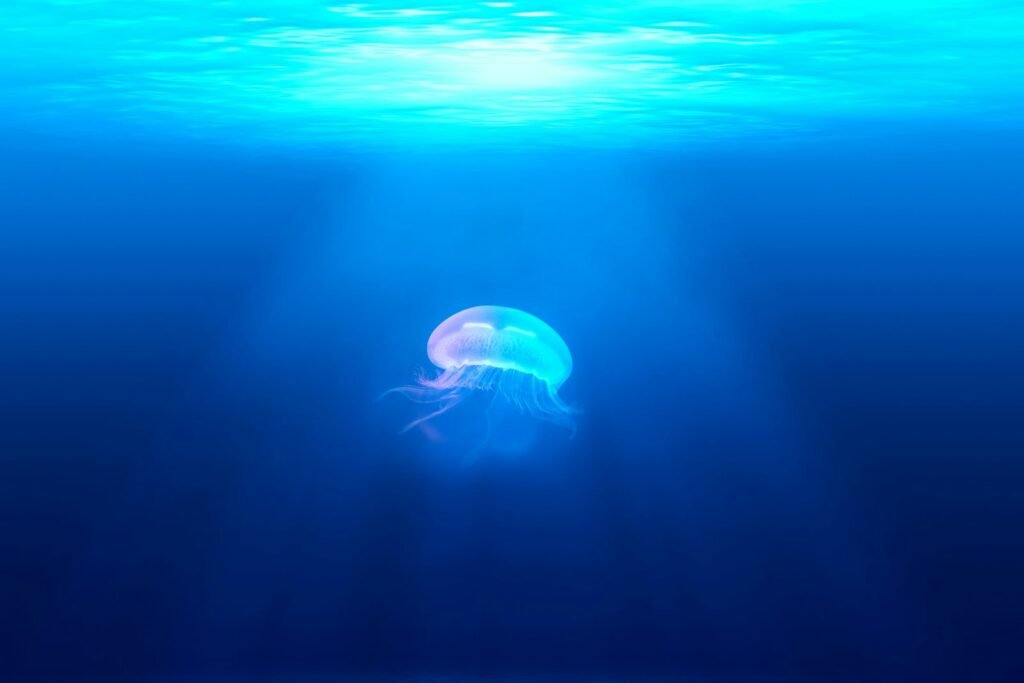Imagine walking along a sunlit beach in Queensland, feeling the warm sand between your toes, when you spot a creature so tiny and delicate it seems almost magical. Its translucent body glimmers in the shallows, barely bigger than a fingernail, so innocent you’d never suspect the danger lurking within. Yet this minuscule marvel holds a secret that has both scientists and locals on edge—because beneath its adorable appearance hides one of the ocean’s deadliest weapons. Welcome to the world of the Irukandji jellyfish, where the line between beauty and peril is razor thin.
The Irukandji: Small Yet Striking
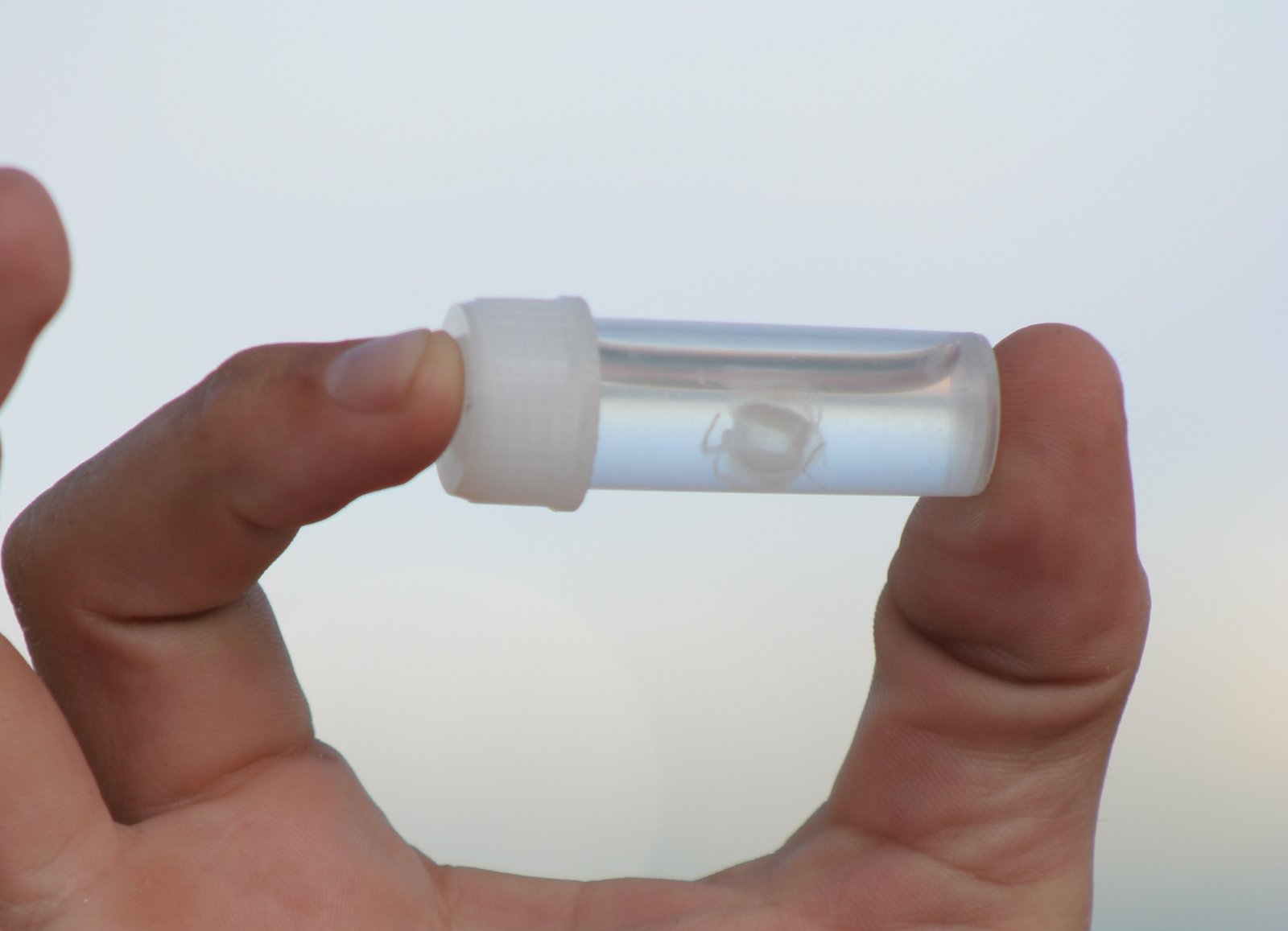
The Irukandji jellyfish is a master of contradiction. Measuring just about one cubic centimeter—smaller than a sugar cube—this creature could easily be missed by the untrained eye. Its bell is nearly transparent, with delicate trailing tentacles that seem almost too fragile to pose a threat. In the sparkling waters off Queensland’s tropical coast, it drifts with an almost ghostly grace. But appearances are deceiving. The Irukandji’s petite size belies its extraordinary potency, making it one of the most dangerous jellyfish on the planet. Its subtle beauty lures many to take a closer look, never guessing the lethal surprise it holds.
Queensland’s Shimmering Hazard
Queensland’s beaches are famous for their idyllic beauty and vibrant marine life, drawing tourists from around the globe. But hidden among the coral reefs and gentle tides, the Irukandji jellyfish quietly waits. The region’s warm waters provide the perfect environment for these jellyfish to thrive, especially from November to May, when their presence becomes most pronounced. Despite their rarity, when Irukandji are spotted, lifeguards often issue warnings and sometimes close beaches altogether. For locals and tourists alike, the knowledge that something so tiny can pack such a powerful punch adds an unexpected thrill—and anxiety—to every dip in the sea.
A Sting Like No Other
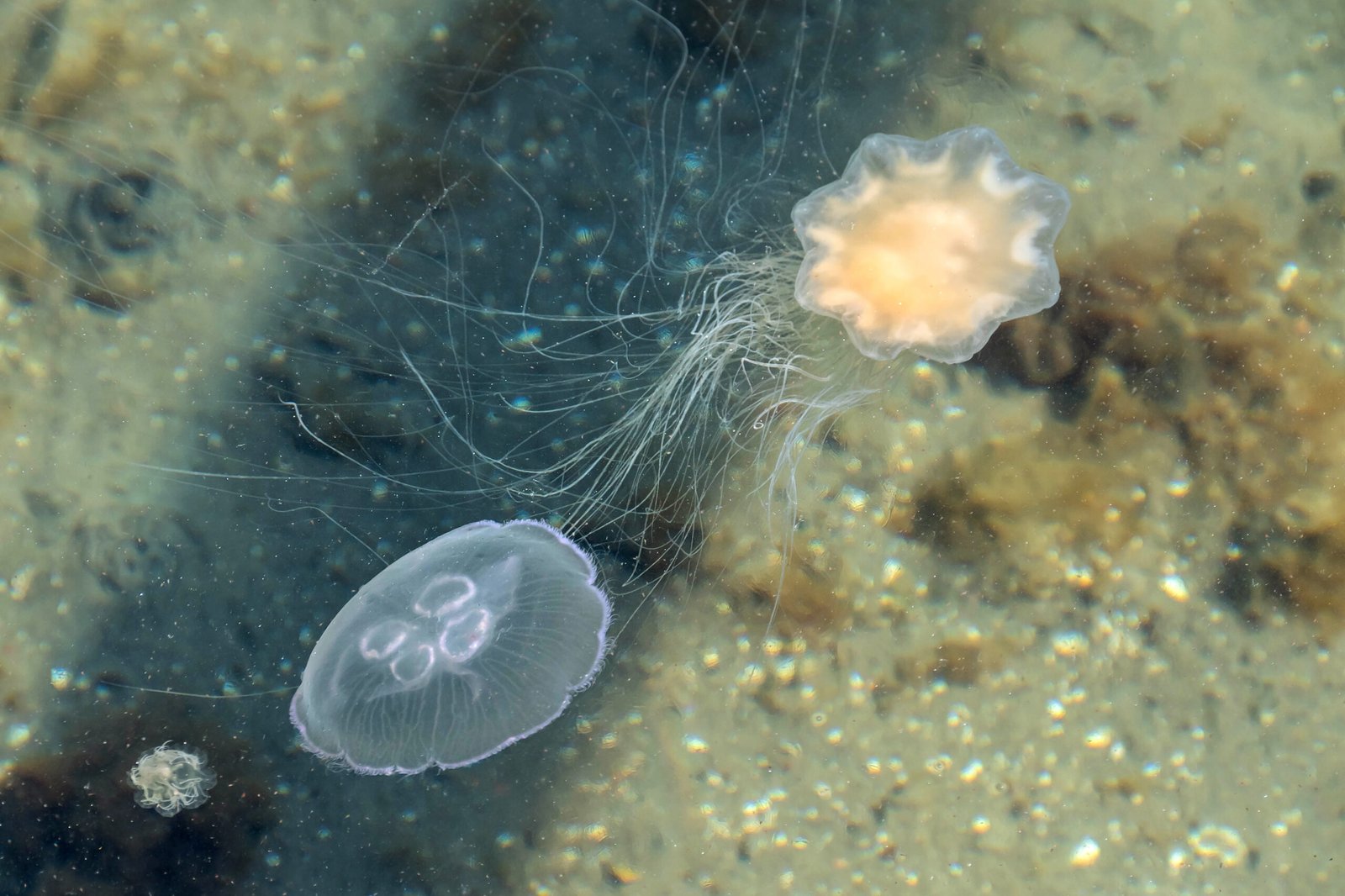
An encounter with the Irukandji jellyfish is an experience no one forgets. Its sting is almost imperceptible at first—a slight prick, barely noticeable. Yet within 20 to 40 minutes, victims can be gripped by overwhelming pain, intense nausea, muscle cramps, and even a sense of impending doom. This unique and severe reaction, known as Irukandji syndrome, can last for hours and sometimes days. The syndrome is so distinctive that doctors in northern Australia are specially trained to recognize and treat it. The jellyfish’s venom is astonishingly potent, drop for drop rivaling that of the infamous box jellyfish.
The Science Behind the Venom
How does such a tiny jellyfish unleash such devastating effects? Scientists have discovered that the Irukandji’s venom contains a cocktail of proteins and neurotoxins that directly attack the heart, nervous system, and muscles. Unlike many jellyfish, whose stings remain local, the Irukandji’s venom spreads quickly through the bloodstream, triggering a cascade of reactions throughout the body. One remarkable aspect is the venom’s ability to disrupt chemical signals in the brain, causing severe anxiety and fear—sometimes so intense that patients feel convinced they are about to die, even if their lives are not actually in danger. The venom’s complexity continues to fascinate and baffle researchers.
Spotting the Invisible Menace
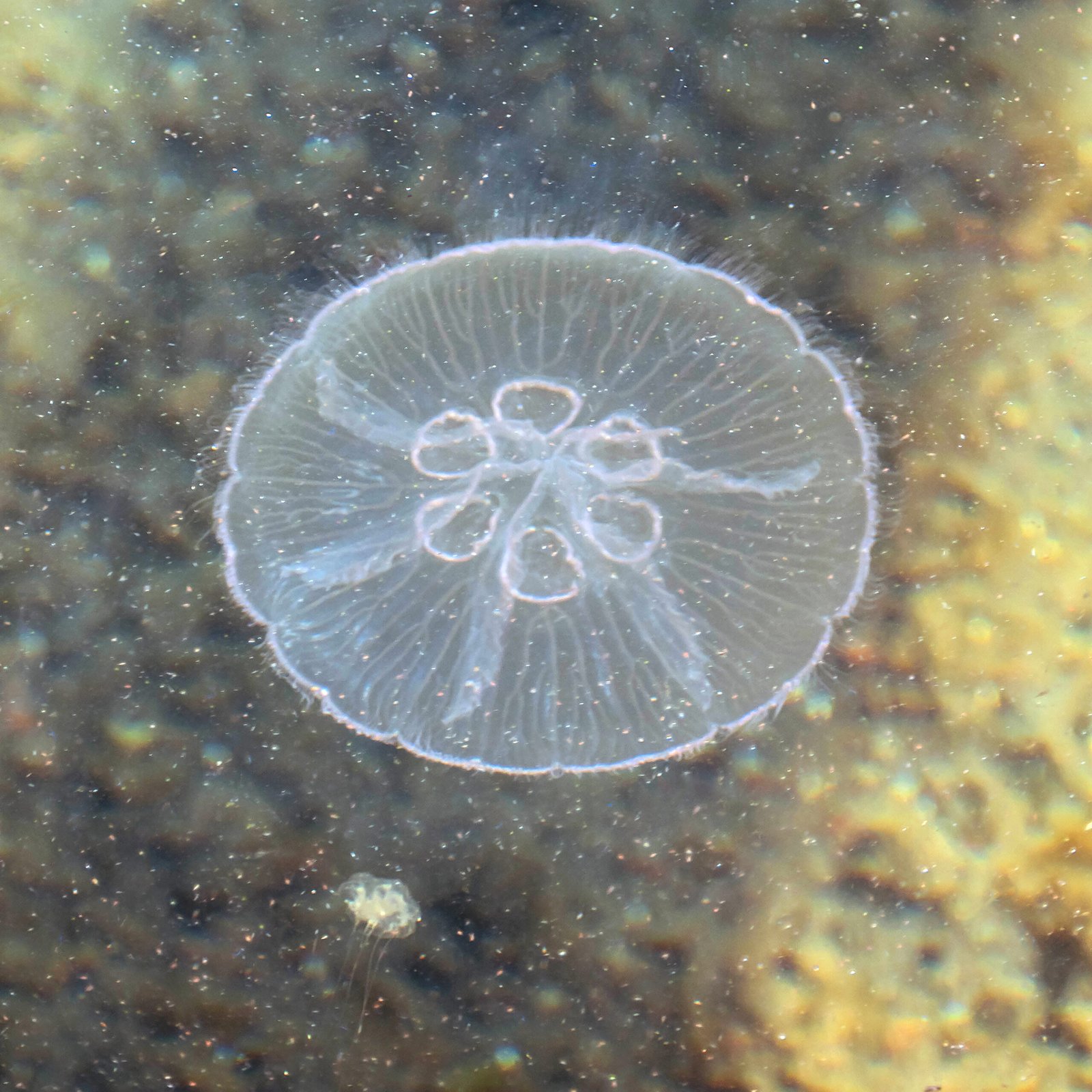
Because of its minuscule size and nearly invisible body, the Irukandji is famously difficult to spot. Swimmers and divers can be within inches of one without ever realizing it. Local authorities sometimes deploy fine-mesh stinger nets at popular beaches, but these aren’t always foolproof. Wearing full-body stinger suits is another recommended precaution, though not everyone is aware of the risk. The challenge of detecting the Irukandji adds a layer of suspense to Queensland’s waters, turning every swim into a game of chance. Even seasoned marine biologists admit that finding one in the wild is like searching for a needle in a shimmering, sunlit haystack.
Why “Cute” Can Be Deadly
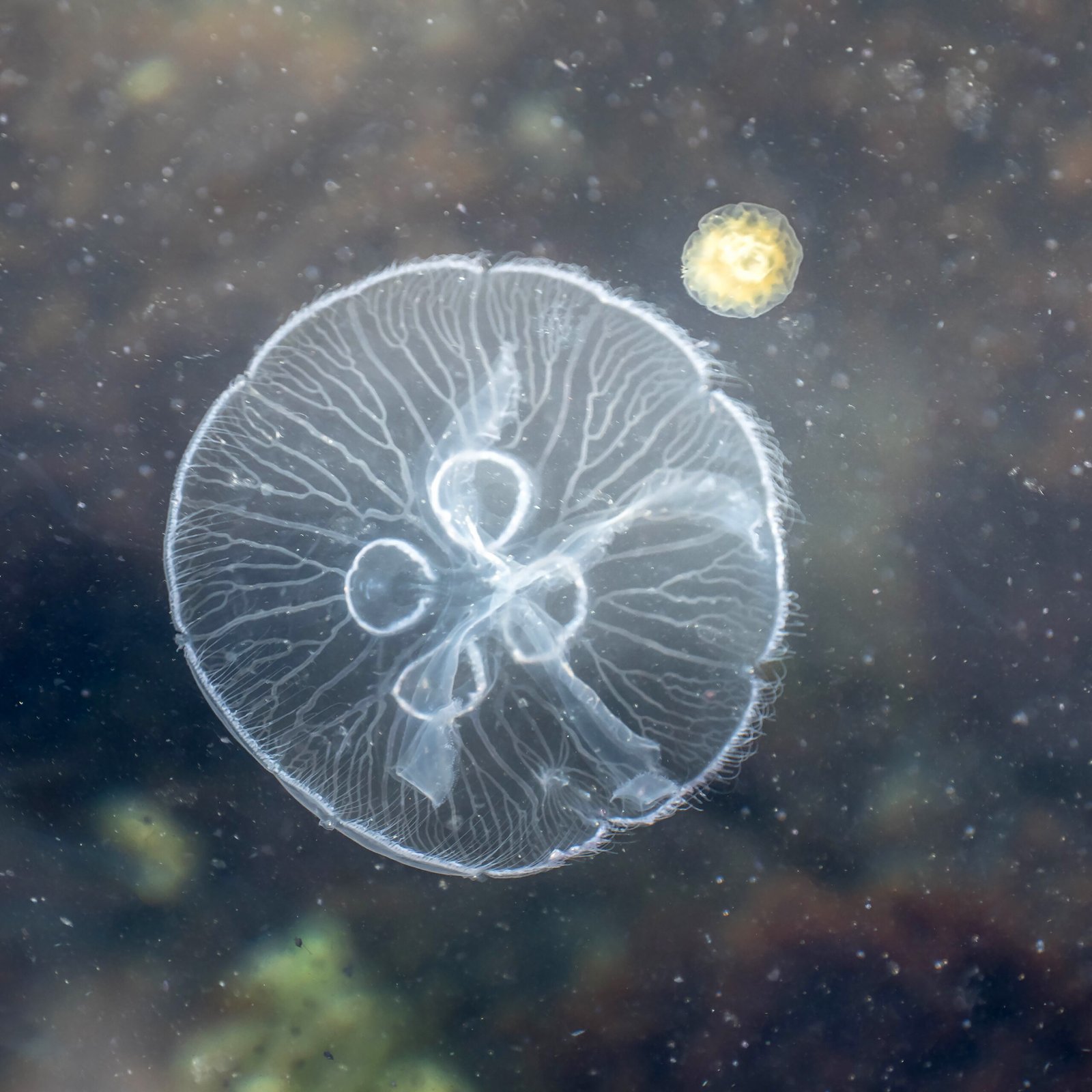
There’s something almost comical about the idea that one of the world’s most dangerous creatures is also one of its most adorable. The Irukandji’s dainty appearance lulls people into a false sense of security. Unlike the menacing tentacles of larger jellyfish, its gossamer strands wave gently in the current, almost inviting you closer. This illusion of harmlessness is nature’s ultimate trick. It’s a reminder that in the animal kingdom, looks can be wildly deceiving. The Irukandji’s cuteness is part of its danger—a living paradox that fascinates and frightens in equal measure.
Real-Life Encounters: Stories from Survivors
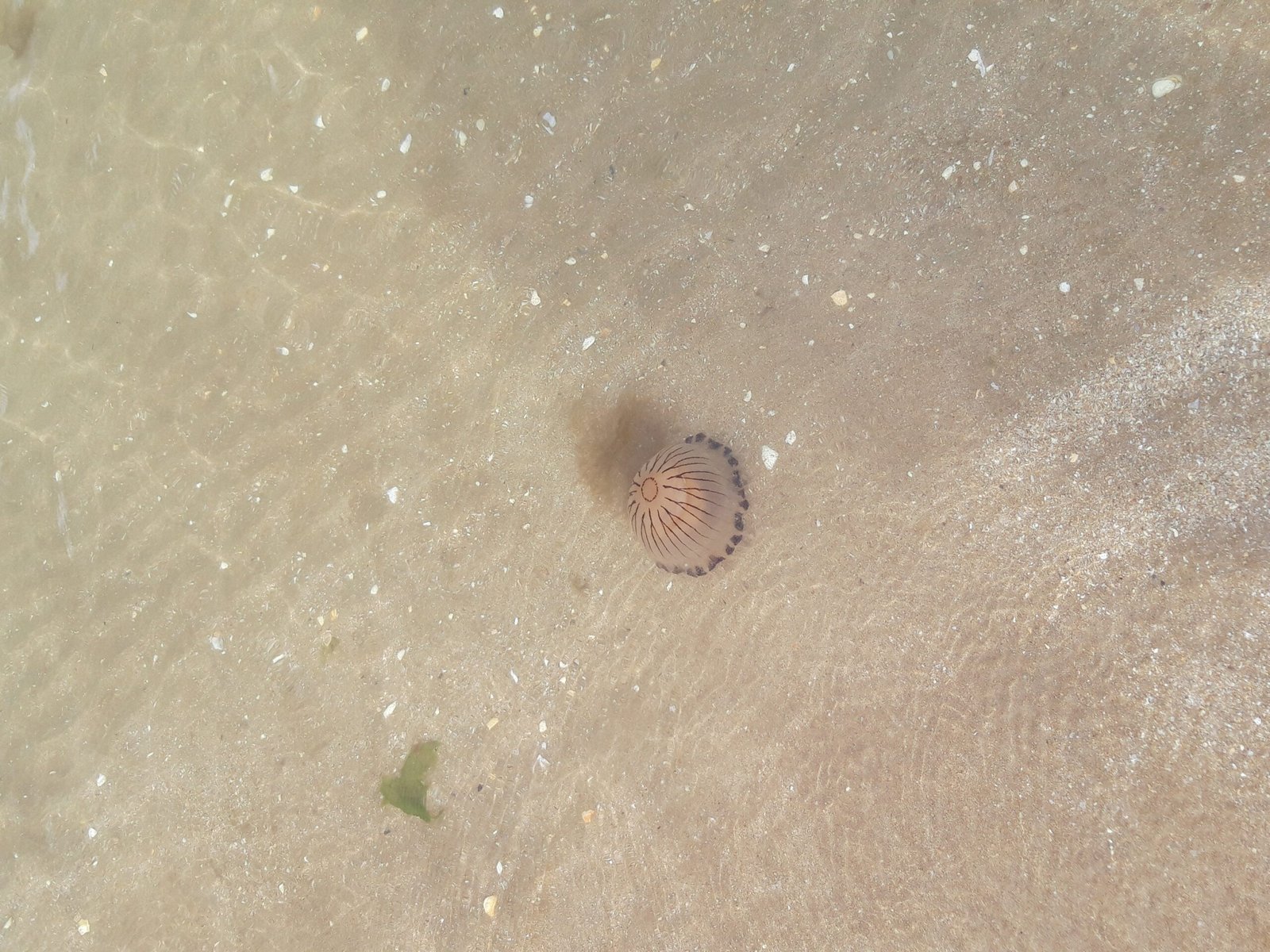
The stories of those stung by Irukandji jellyfish read like scenes from a medical thriller. Some describe feeling a painless prick while swimming, only to be wracked with agony and panic soon after. Others recount racing to shore, hearts pounding, as symptoms rapidly escalate. One Queensland tourist compared the pain to “being squeezed by a vice while drowning from the inside.” Hospital staff in northern Australia are well-versed in the syndrome, sometimes treating several cases in a single week during peak season. Survivors often say the psychological effects linger long after the physical pain subsides, making the Irukandji a truly unforgettable adversary.
Rescue and Treatment: What to Do if Stung
Immediate action is crucial if someone is stung by an Irukandji jellyfish. Experts advise leaving the water as quickly and calmly as possible and alerting nearby lifeguards or calling emergency services. Vinegar can be poured over the sting site to neutralize undischarged nematocysts, but rubbing the area or applying fresh water should be avoided. Pain relief, oxygen, and sometimes intravenous medications are administered at hospitals to manage symptoms. While fatalities are rare with prompt treatment, the risk of severe complications remains real. Rapid response can mean the difference between a frightening ordeal and a life-threatening crisis.
Nature’s Ultimate Paradox
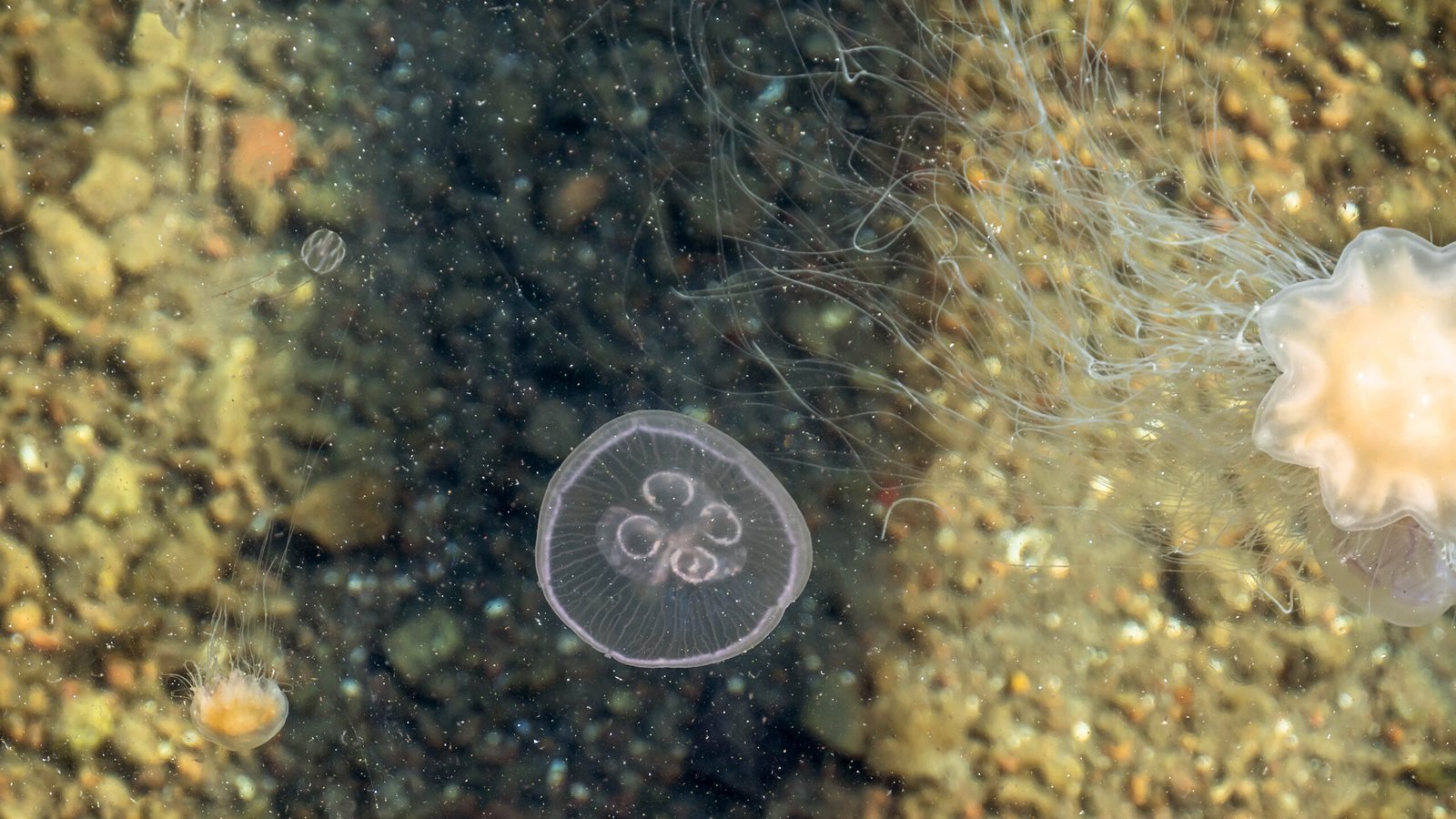
The Irukandji jellyfish is a living contradiction—simultaneously captivating and horrifying. In a world where danger is often loud and obvious, this tiny creature slips through the waves unnoticed, waiting to make its mark. Its existence challenges our assumptions about what is threatening and what is innocent. The juxtaposition of its fragile beauty with its deadly power sparks awe and respect among those who learn about it. For Queensland’s residents and visitors alike, the Irukandji serves as a reminder that the wild is full of surprises—some delightful, some deadly, and some a little bit of both.
How Scientists Are Fighting Back
Marine biologists and toxicologists in Australia are at the forefront of Irukandji research. From mapping the jellyfish’s habitats to deciphering the molecular makeup of its venom, scientists are determined to unravel the mysteries of this tiny terror. Their work has led to better public awareness campaigns, improved safety protocols, and new treatments for stings. Some researchers are even exploring the potential medical uses of Irukandji venom, hoping it could someday help in developing new painkillers or cardiovascular drugs. The race to outsmart the jellyfish is ongoing, blending cutting-edge science with old-fashioned curiosity.
Living Alongside Danger
Despite the risks, the people of Queensland have learned to coexist with their venomous neighbors. Public education, beach patrols, and warning systems mean that most visitors can enjoy the ocean safely, as long as they respect the warnings and take basic precautions. For many, the presence of the Irukandji adds a sense of wonder and respect for the power of nature. It’s a reminder that even in paradise, there are mysteries and dangers lurking just beneath the surface—a fact that only heightens the allure of the wild Australian coast.
The Irukandji jellyfish proves that sometimes, the smallest things can leave the biggest impression. In this case, a creature barely bigger than a thumbprint has captured global attention, inspired fear, and ignited scientific curiosity. In the end, it stands as a testament to the unpredictable brilliance of nature—reminding us to tread carefully, look closer, and never underestimate the power of the ocean’s tiniest inhabitants.

